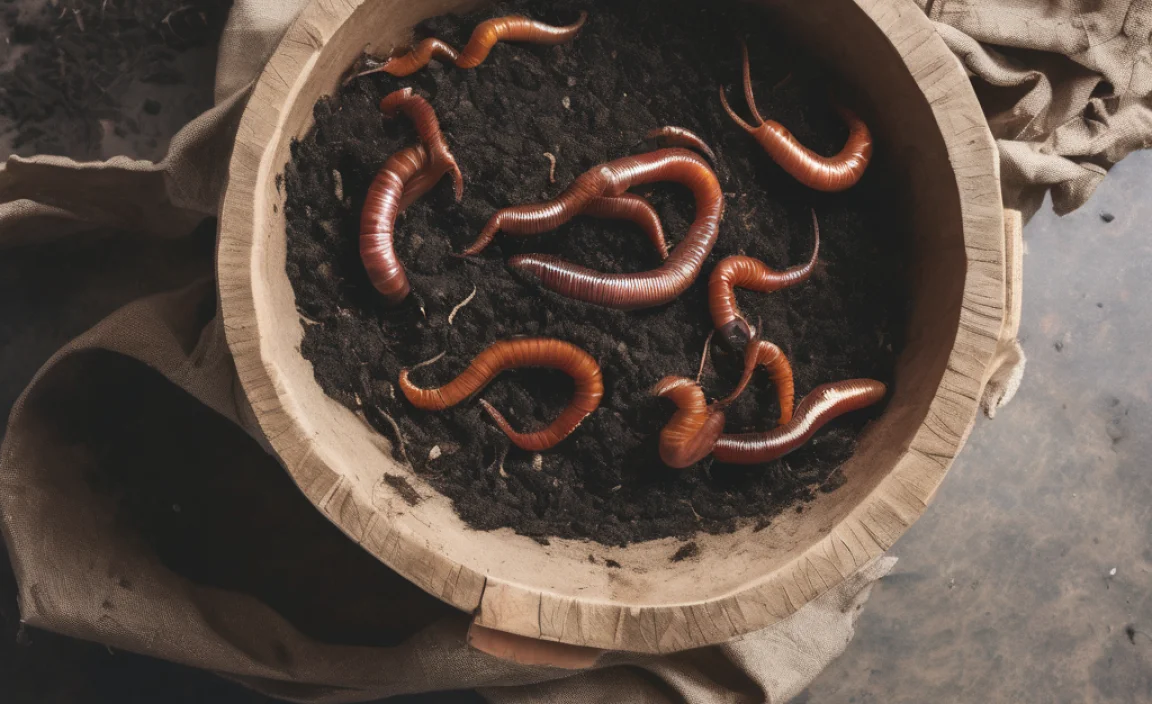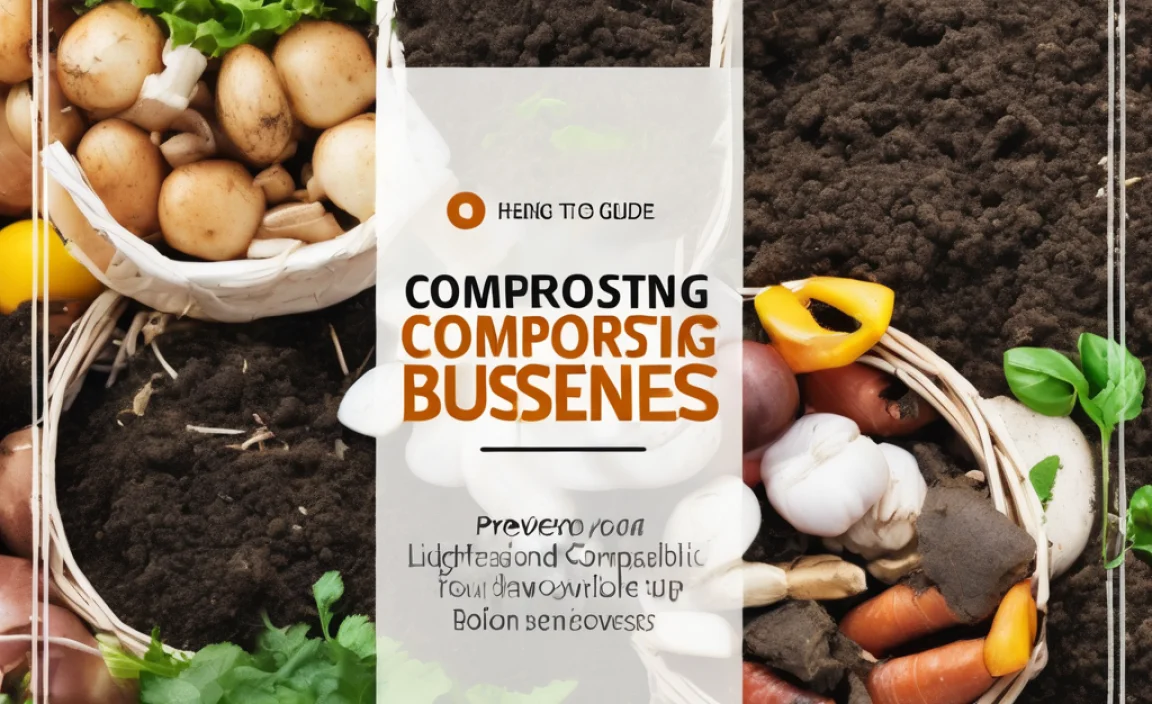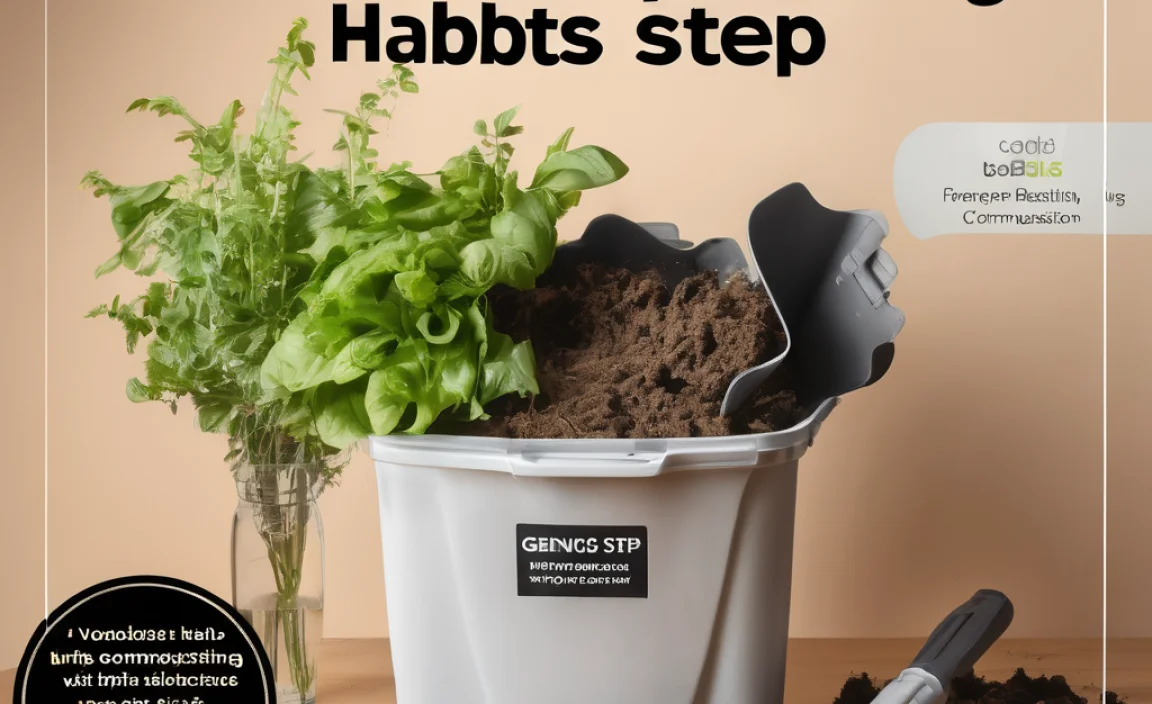Compost Heap Pets: Your Genius Guide To Essential Garden Visitors
Ever looked at your compost pile and wondered what’s going on in there? It might seem like just a pile of decaying stuff, but it’s actually a bustling city teeming with helpful critters! These “compost heap pets” are your garden’s best friends, working tirelessly to turn your scraps into nutrient-rich goodness. Learning about them is easy and fun, and it’ll make your composting efforts even more rewarding. Stick around, and we’ll unlock the secrets of these amazing compost inhabitants, making your gardening journey smoother than ever.
Why Your Compost Pile Needs Its Own “Pest” Control Crew

So, you’ve got a compost bin or pile humming along. That’s fantastic! But what exactly are those tiny, wiggly, and crawling things doing their job in there? It’s not about pests in the way you might think of unwanted bugs in your house. Instead, these are your allies! They are the hardworking decomposers that break down organic matter, transforming your kitchen scraps and yard waste into black gold for your garden. Without them, composting would be a slow, stagnant process. Think of them as your personal, miniature recycling team.
These beneficial organisms are essential for several reasons: they speed up decomposition, reduce odors, and create a more fertile compost. They’re nature’s way of closing the loop, turning waste back into valuable resources. Understanding who these “visitors” are and what they do can help you create the ideal environment for them to thrive, leading to healthier soil and happier plants.
Meet The Main Players: Your Compost Heap’s Essential Visitors
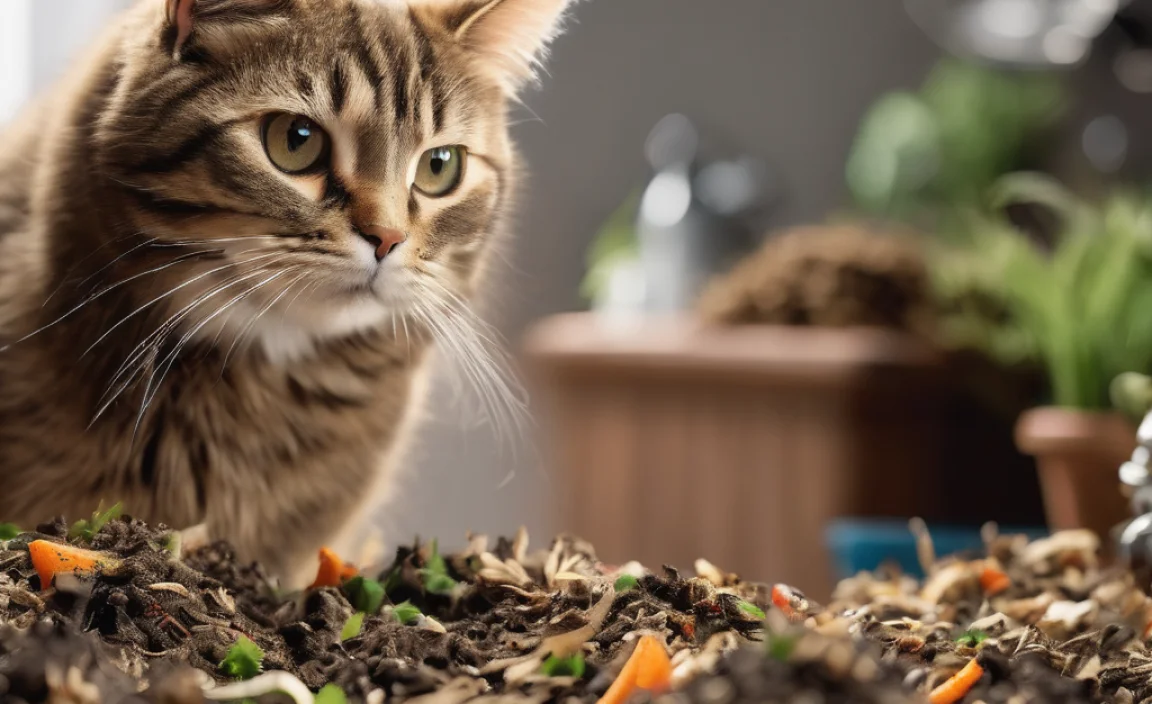
Your compost pile is a vibrant ecosystem, and it’s home to a diverse cast of characters. While you might not see them all at once, these are the key players you want hanging around.
1. Bacteria: The Tiny Titans
These microscopic marvels are the undisputed heavyweights of decomposition. There are billions of them, and they get to work as soon as you add new materials to your compost. Bacteria are responsible for the initial breakdown of complex organic materials like leaves, grass clippings, and food scraps into simpler compounds. They come in two main types: thermophilic (heat-loving) and mesophilic (moderate-temperature-loving).
- Thermophilic Bacteria: These guys love the heat generated during the active composting phase. They can tolerate high temperatures (up to 160°F or 70°C), which helps kill pathogens and weed seeds. They quickly break down carbohydrates and proteins.
- Mesophilic Bacteria: These bacteria are active at moderate temperatures (around 50-90°F or 10-30°C). They are the first to colonize new organic matter and continue breaking it down when the pile cools down. They also handle fats and oils.
You can think of bacteria as the initial demolition crew, breaking down the big structures into smaller pieces for the next workers.
2. Fungi: The Filamentous Fighters
Fungi are the unsung heroes when it comes to breaking down tougher materials. Think woody stems, tough plant fibers, and lignin – things bacteria can struggle with. Fungal hyphae, which are like tiny threads, can penetrate these materials and secrete enzymes to break them down. You often see fungi as white, fuzzy molds in your compost, which is a good sign of healthy decomposition.
- Crucial for breaking down lignin and cellulose in woody materials.
- Can thrive in drier conditions than bacteria.
- Contribute to the earthy smell of mature compost.
3. Actinomycetes: The Super Scavengers
These are a type of bacteria that often look and act a bit like fungi. They form long, branching filaments and are excellent at breaking down very tough, waxy, or leathery materials like old leaves, straw, and even animal manure. They are responsible for that pleasant, earthy smell we associate with healthy compost. When you see a grayish, powdery growth in your compost pile, that’s often actinomycetes at work.
- Break down complex and fibrous materials.
- Contribute to the characteristic earthy aroma of compost.
- Especially active in the later stages of decomposition.
4. Protozoa: The Tiny Clean-Up Crew
These single-celled organisms are microscopic predators. They feed on bacteria, helping to regulate bacterial populations and releasing vital nutrients like nitrogen back into the compost mixture. While you can’t see them with the naked eye, they play an important role in nutrient cycling within the compost ecosystem.
5. Nematodes: The Micro-Detritivores
These are tiny, unworm-like creatures that feed on bacteria, fungi, and organic matter. Most nematodes in compost are beneficial, helping to break down materials and consume other microorganisms. They are an integral part of the food web within the compost pile.
6. Larger Invertebrates: The Visible Workforce
These are the “compost heap pets” you’re most likely to see with your own eyes. They play a crucial role in aerating the pile and breaking down materials into smaller pieces, making it easier for the microscopic workers to do their jobs.
Earthworms (Lumbricus terrestris and Eisenia fetida)
Often called the “farmers” of the compost world, earthworms are incredible decomposers. Red wiggler worms (Eisenia fetida) are particularly popular for vermicomposting (worm composting), but regular earthworms also do a great job in a well-managed compost pile. They ingest organic matter, grind it in their gizzards, and excrete nutrient-rich castings – essentially, worm poop that’s pure garden gold.
Mites
Don’t let the name alarm you! Most compost mites are beneficial. They help break down tougher materials and feed on fungi and bacteria. You’ll often see tiny, fast-moving mites, especially in drier areas of the compost. They are typically beige or reddish-brown.
Springtails (Collembola)
These tiny, primitive arthropods are named for their ability to jump using a spring-like appendage called a furcula. They are excellent at breaking down decaying plant matter and fungi. You might spot them as small, pale, or gray specks hopping around on the surface of your compost, especially in moist conditions.
Beetles (Rove Beetles, Ground Beetles)
Various species of small beetles can be found in compost piles. Some, like rove beetles, are scavengers that feed on decaying organic matter and other invertebrates. Others may be predators that help control populations of less desirable organisms. Their presence indicates a healthy, diverse ecosystem.
Centipedes and Millipedes
Millipedes are detritivores, meaning they eat dead organic matter, helping to break it down. Centipedes, on the other hand, are predators and can help keep populations of other insects and larvae in check. While they might seem a bit imposing, they are generally beneficial visitors in a compost pile.
Potentially Undesirable Visitors (and what they mean)
Sometimes, you might encounter organisms that aren’t ideal. For instance, seeing a lot of fruit flies or house flies suggests the compost might be too wet or has too many fresh food scraps exposed. Ants can be a sign of a pile that’s too dry or has gone anaerobic (lacking oxygen). While these aren’t “essential visitors,” their presence can be a clue to adjust your composting methods.
The Compost Life Cycle: A Symphony of Decomposition
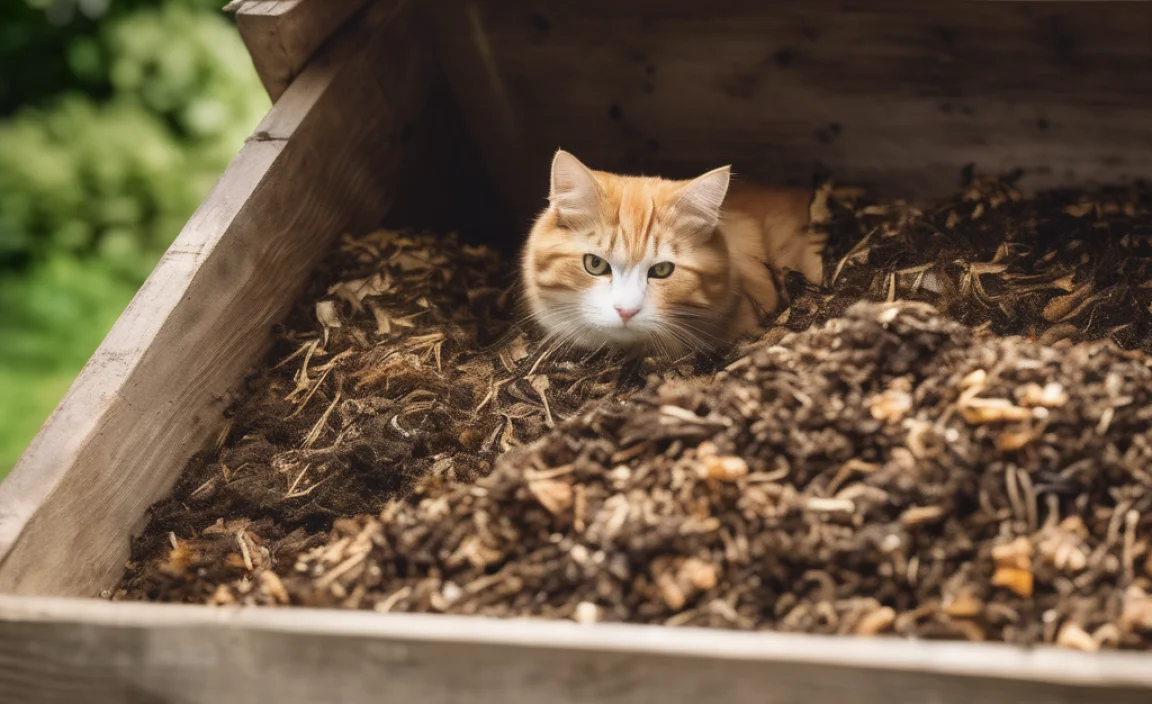
Composting isn’t a static process; it’s a dynamic journey with distinct stages, each supported by different resident organisms. Understanding this cycle helps you appreciate the role of your compost heap pets.
Stage 1: Mesophilic Stage (The Beginning)
When you first add your materials, mesophilic bacteria and fungi get to work. They start breaking down easily digestible compounds like sugars and starches. This stage is relatively cool and can last from a few days to a couple of weeks.
Stage 2: Thermophilic Stage (The Hot Phase)
As the mesophilic organisms consume the readily available food, they release heat. This brings the temperature of the compost pile up, activating the thermophilic bacteria. These heat-loving microbes take over, rapidly breaking down proteins, fats, and complex carbohydrates. This is where the pile gets hot – often reaching 130-160°F (55-70°C). This high-temperature phase is crucial for killing weed seeds and pathogens. Actinomycetes also begin to show up during this stage. This phase can last from a few days to several weeks, depending on the compost ingredients and management.
Stage 3: Cooling and Curing (The Maturation)
Once the thermophilic bacteria have consumed most of the available food, the temperature begins to drop. Mesophilic organisms, fungi, and actinomycetes return to finish the job. This is when larger invertebrates like earthworms, mites, and springtails become more active, munching on the partially decomposed material and aerating the pile. This stage can take several months to over a year. The compost is considered “cured” when it has a dark, crumbly texture, smells earthy, and is no longer recognizable as the original materials.
Creating a 5-Star Hotel for Your Compost Heap Pets
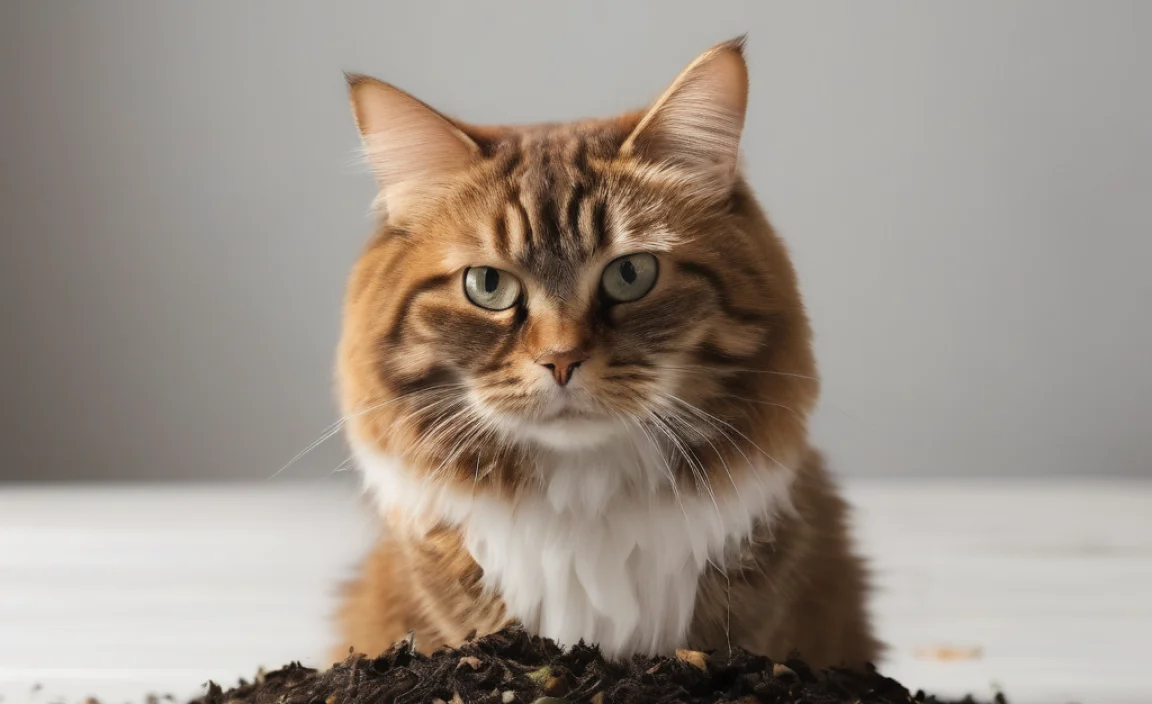
To ensure your compost heap pets are happy and productive, you need to provide them with the right living conditions. Think of it as creating a comfortable ecosystem for them. Here are the key ingredients for a thriving compost life:
1. The Right Food: Balance Your Greens and Browns
Your compost heap pets thrive on a balanced diet. This is where the “greens” and “browns” come in. Mixing them in the right ratio provides the energy and carbon sources these organisms need to do their work.
- Greens (Nitrogen-rich): These are typically wet, fresh materials like fruit and vegetable scraps, coffee grounds, tea bags, fresh grass clippings, and plant trimmings. They provide protein and nitrogen, fueling microbial growth.
- Browns (Carbon-rich): These are dry, woody materials like dried leaves, straw, shredded newspaper (in moderation), cardboard, twigs, and sawdust. They provide carbohydrates and carbon, forming the energy source.
A good general rule is to aim for roughly two parts browns to one part greens by volume. Too many greens can make your pile slimy and anaerobic (stinky), while too many browns will significantly slow down decomposition.
2. Moisture: Just the Right Amount
Water is essential for all living organisms, and your compost heap pets are no exception. The ideal moisture level is like a wrung-out sponge – damp but not soaking wet. Too dry, and microbial activity slows to a crawl. Too wet, and the pile can become waterlogged, leading to anaerobic conditions and the release of unpleasant odors.
You can check the moisture by grabbing a handful of compost. If a few drops of water come out when you squeeze it, it’s about right. If water streams out, it’s too wet. If it feels dry and crumbles apart, it needs more moisture.
3. Aeration: Give Them Room to Breathe
Most of the beneficial microbes involved in composting are aerobic, meaning they need oxygen to survive and thrive. Turning your compost pile regularly is crucial. This mixes the materials, introduces oxygen, and helps break down clumps that might be overly wet or dry. Aim to turn your pile every 1-2 weeks during the active composting phase.
If you have a closed bin, you might need to actively aerate it. For open piles, turning with a pitchfork or compost aerator is effective. You can also incorporate bulkier brown materials like twigs or straw to help create air pockets.
4. Temperature: The Sweet Spot
As mentioned, different organisms are active at different temperatures. A well-managed compost pile will naturally heat up, thanks to thermophilic bacteria. This heat is beneficial for rapid decomposition and killing pathogens. However, ensure your pile doesn’t get too hot for too long; it can kill off beneficial microbes. Maintain a balance, and let the natural processes work.
5. Particle Size: Small Bites are Best
The smaller the pieces of organic matter, the more surface area is exposed for microbes to work on. Chopping up large vegetable scraps, shredding leaves, and breaking up twigs will significantly speed up the composting process. This makes it easier for your compost heap pets to digest their meals.
6. The Right Home: Choosing Your Compost System
Your compost setup can also influence the types of creatures that call it home. While many creatures will find their way to any compost pile, some systems are designed for specific inhabitants.
Open Piling:
The simplest method. Piles are exposed to the elements and easily accessible to a wide variety of organisms, including earthworms from the soil and beneficial insects. It’s important to manage moisture and turn regularly to keep it aerated.
Compost Bins (Closed Systems):
These can be made of wood, plastic, or wire mesh. They help retain heat and moisture and can keep pests like rodents out. Inside, a diverse community of microbes will thrive, and if worms are added, they will create a rich compost.
Tumblers:
These rotating bins make turning easy. They can generate heat quickly but might dry out faster. They are effective for breaking down materials quickly, supported by bacteria and fungi.
Vermicomposting Bins (Worm Farms):
Specifically designed for red wiggler worms. These bins are ideal for composting kitchen scraps very effectively, producing nutrient-dense worm castings. Focus is on

I am passionate about home engineering. I specialize in designing, installing, and maintaining heating, ventilation, and air conditioning systems. My goal is to help people stay comfortable in their homes all year long.

